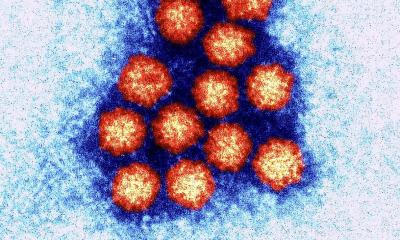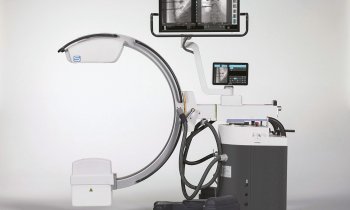Urine test for kidney disease
Scientists have developed a new test for detecting kidney disease, according to a paper published online in April by Kidney International (www.nature.com/ki/). The technique will allow researchers and clinicians to identify kidney disease or injury within 15 minutes of testing in both rats and humans.
The test, developed by Vishal Vaidya and colleagues at Brigham and Women’s Hospital, Harvard Medical School, Boston, MA, USA, measures the urinary biomarker of a molecule known as Kim-1, which has been shown to better indicate a range of renal conditions over other conventional biomarkers, such as blood urea nitrogen, serum creatinine, and urinary
enzymes. The authors report that the new assay displays visual indicators in minutes, which is a significant improvement from older analyses that require a large analyser and take several hours.
The kidney is highly susceptible to injury due to various disease states, a wide range of drugs, environmental pollutants, and other conditions. The incidence of kidney injury is steadily increasing across the population and contributes to high mortality and increasing numbers of individuals with end-stage kidney disease. This assay has potential to diagnose kidney disease quickly and early enough to provide timely therapeutic intervention, and could also be used in the future to safely screen for agents which are potentially nephrotoxic in preclinical and clinical settings.
Malnourishment in dialysis patients In the same issue Damien Ashby and colleagues at the Hammersmith Hospital, London, UK, report that daily treatment with the gut hormone ghrelin is effective in sustaining an improved appetite in patients on dialysis.
Malnutrition is a frequent and early feature of chronic kidney disease, and is also associated with increased mortality in dialysis patients. In most cases no cause of malnutrition can be identified, but it may indicate inadequate dialysis or co-morbidity.
The researchers found that daily subcutaneous application of the hormone, which regulates hunger through the hypothalamus, increased patients’ appetites without changing energy expenditure. The hormone also had a temporary effect in reducing patients’ blood pressure.
They hope that further investigation into long-term application of ghrelin can assist in providing a healthy diet to malnourished dialysis patients.
01.05.2009











